What is Ocean-Bound Plastic?
At Heliograf, we use ocean-bound plastic in our products, & fund additional cleanups for each product we ship.
Here's what 'ocean-bound plastic' means & why it helps prevent plastic pollution.
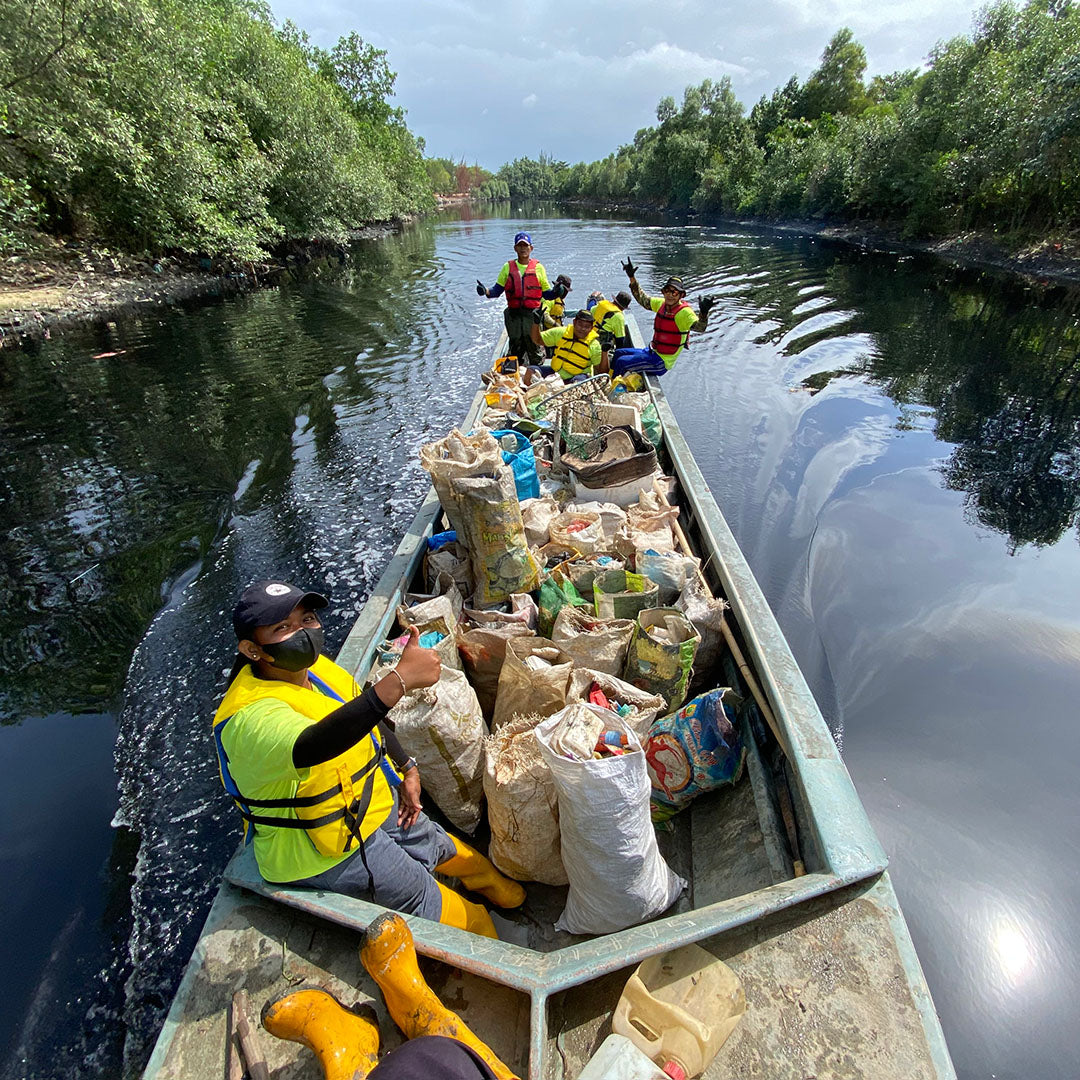
Preventing ocean plastic
Ocean-bound plastic (OBP) is not from the ocean.
Instead, OBP is plastic waste located within 50km from shores where waste management is inexistent or inefficient.
This waste is at risk of entering the ocean and becoming ocean plastic if not managed. It's estimated that 80% of ocean-plastic originates in these areas, which are often low-income and socio-economically disadvantaged.
By using ocean-bound plastic, we help prevent ocean plastic and fund better waste management where it’s needed most.
Plastic pollution is an unequal problem.
Plastic pollution affects developing countries much more than wealthy countries.
By buying certified ocean-bound plastic from these places, we can support the removal of waste from the environment where it has the biggest impact, and we support the development of better waste systems that stop the problem at the source.
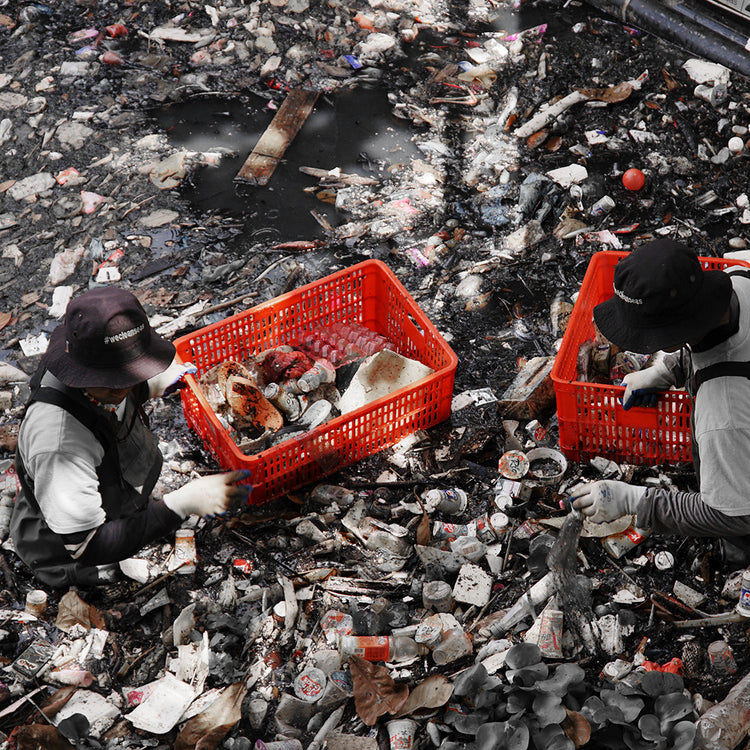
Collect
Plastic is collected in regions that are the source of ocean pollution by certified organisations.
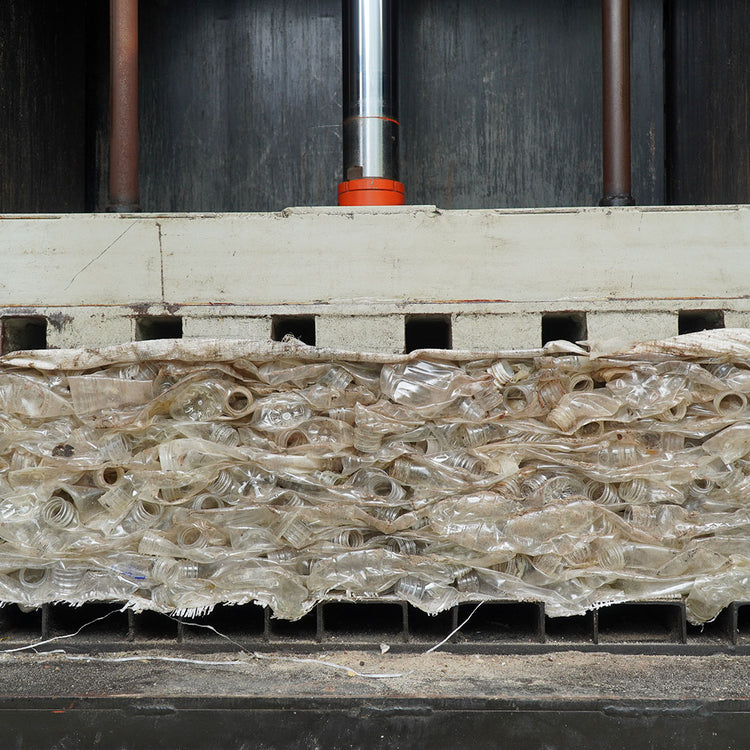
Sort
Useful material is selected & sorted for recycling. Non-recyclable items are carefully managed to protect the environment.
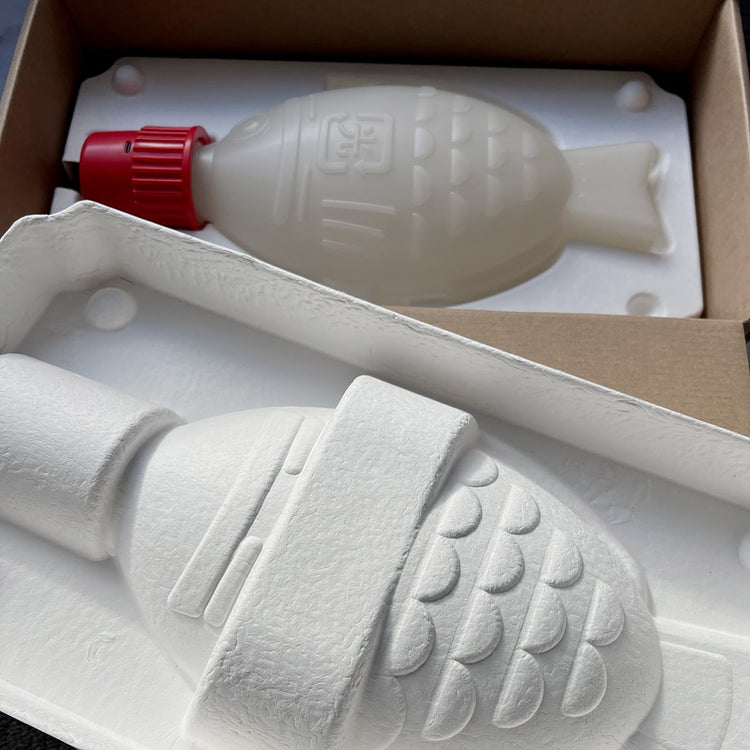
Make
Certified recyclers wash & process the plastic for re-use. We use the plastics to make our products – upcycling the material.
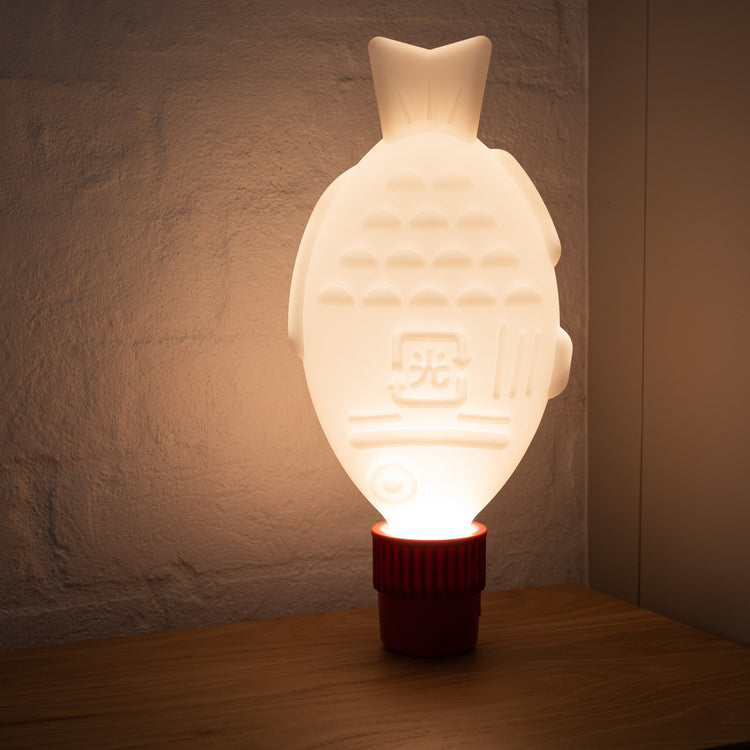
Use & Reuse
Our products are designed to be loved, reused, repaired and eventually recycled into new products.
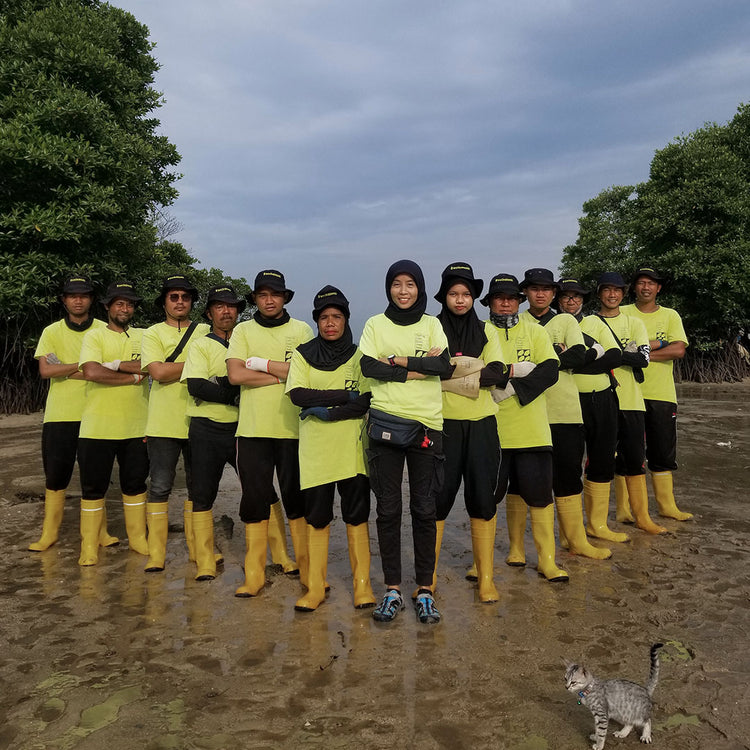
Reward
The collectors and recyclers (and us!) are rewarded for cleaning up the planet and preventing ocean pollution, meaning they’ll do more of it!
Why ocean-bound plastic?
We think using ocean-bound plastic is a sensible and trustworthy way to make an environmental and social impact. It’s a practical first step toward a new plastics economy that doesn’t pollute the planet.
Unfortunately some brands have conflated ocean-bound plastic with ocean plastic. It is not. Ocean-bound plastic is not from the ocean. It is intercepted before it reaches the ocean as a preventative measure.
It should also be said that OBP is not an excuse to keep making & using wasteful, disposable things. We need to re-think our economy completely with reusable, circular design principles and materials that don't harm the planet.
Why not ‘ocean plastic’?
Much of the ocean plastic collected is so degraded that it is not usable as a material. You should be very sceptical of any product claiming to be made from ‘ocean plastic’.
81% of ocean plastic comes from just one region (source), and around 80% originates on land, much of it in rivers, shorelines and coastal areas.
If your bathroom was flooding you wouldn’t start mopping before you’d turned off the water.
Likewise, we believe that to properly address ocean plastic, we need to address it at the source: by stopping existing waste from reaching the ocean, and by re-designing our economy to not create waste at all.
Recycling is only one piece of the puzzle
To tackle our global waste problem, we need to rethink waste entirely and move to a more circular economy. While ocean-bound plastic is a great way to upcycle waste and support better waste management, it is not a long-term solution for our linear, wasteful economy.
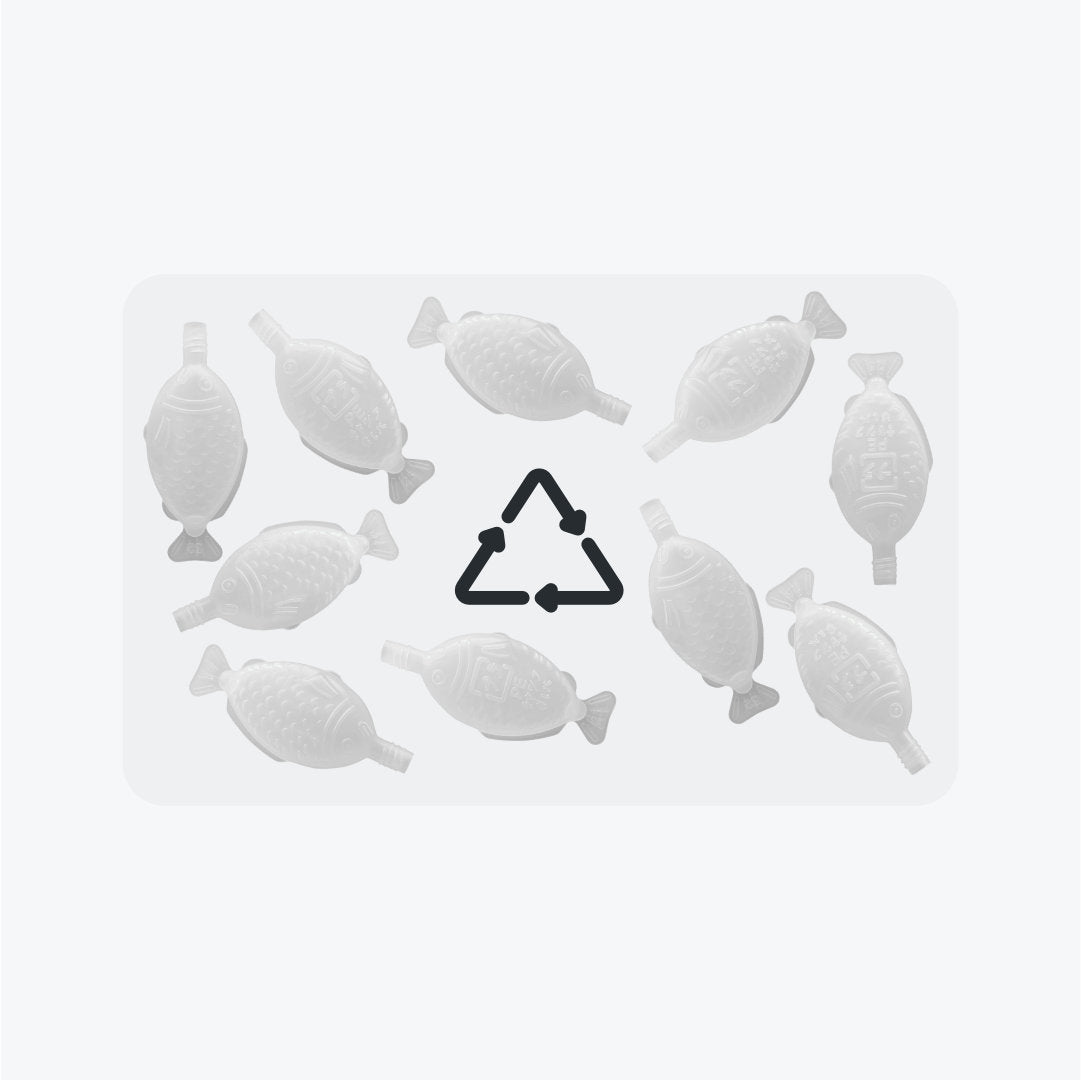
How to make a difference
We can stop plastic pollution at the 'sauce'. Learn how to make a difference and prevent waste when eating sushi.






